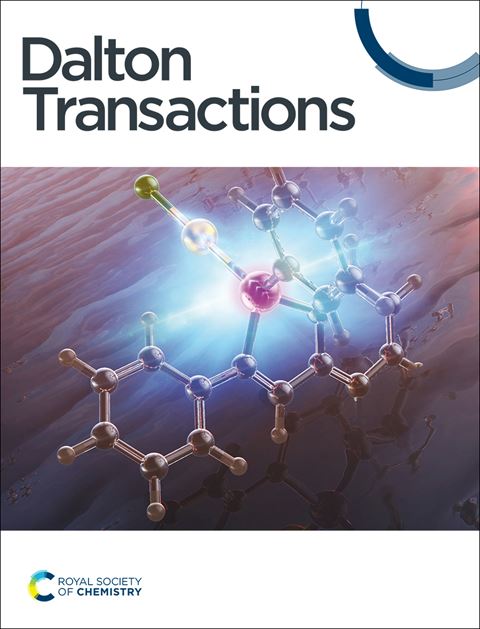Thermal radiation analysis of broadband solar energy capturing absorber using Ti and GaAs
IF 3.5
3区 化学
Q2 CHEMISTRY, INORGANIC & NUCLEAR
引用次数: 0
Abstract
This article employs a time-domain finite-difference (FDTD) approach to design an efficient solar energy capturing absorber consisting of high melting point metal (Ti), and semiconductor (GaAs). The structure generates cavity resonance (CR) and surface plasmon resonance (SPR), which achieves extremely high absorption in different wavelength bands. More than 90% absorption over a wide wavelength range (280-3000 nm) is exhibited by this structure. The structure achieves an average absorption efficiency of 97.0% in the wavelength range from 280 nm to 3000 nm at an air mass of 1.5 (AM 1.5). The structure shows insensitivity to the angle of incidence by maintaining a stable absorption of over 94% for changes in the angle of incidence from 0° to 60°. This structure can also work at 1400 K with thermal radiation efficiencies up to 98.2%. As the operating temperature rises from 600 K to 1400 K (with a temperature gradient of 200 K), the thermal radiation efficiency of the structure remains above 98% at all times. Based on the excellent radiation and absorption properties of this absorber, it owns a promising application in the field of solar energy absorption as well as thermal emission.求助全文
约1分钟内获得全文
求助全文
来源期刊

Dalton Transactions
化学-无机化学与核化学
CiteScore
6.60
自引率
7.50%
发文量
1832
审稿时长
1.5 months
期刊介绍:
Dalton Transactions is a journal for all areas of inorganic chemistry, which encompasses the organometallic, bioinorganic and materials chemistry of the elements, with applications including synthesis, catalysis, energy conversion/storage, electrical devices and medicine. Dalton Transactions welcomes high-quality, original submissions in all of these areas and more, where the advancement of knowledge in inorganic chemistry is significant.
 求助内容:
求助内容: 应助结果提醒方式:
应助结果提醒方式:


